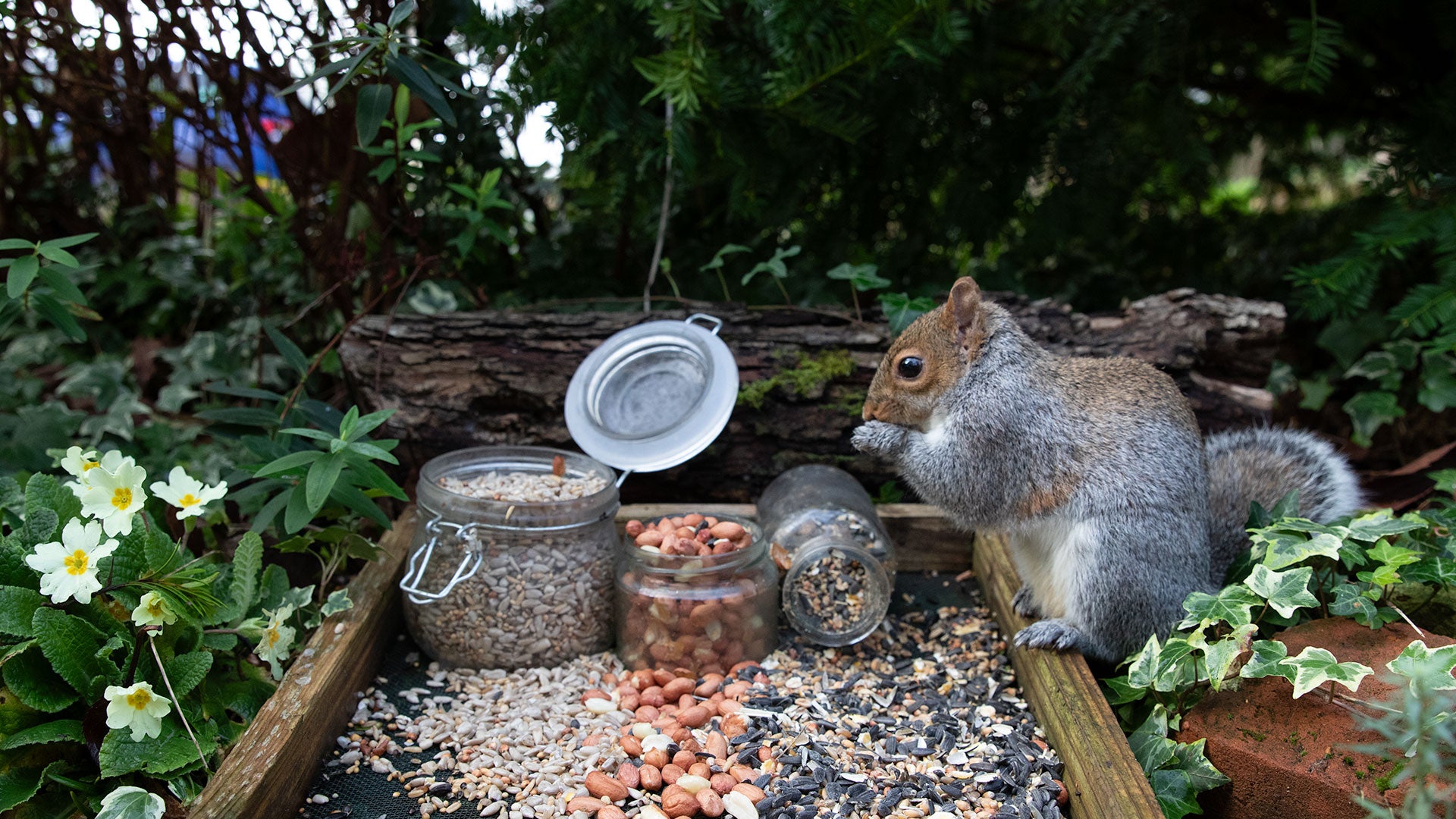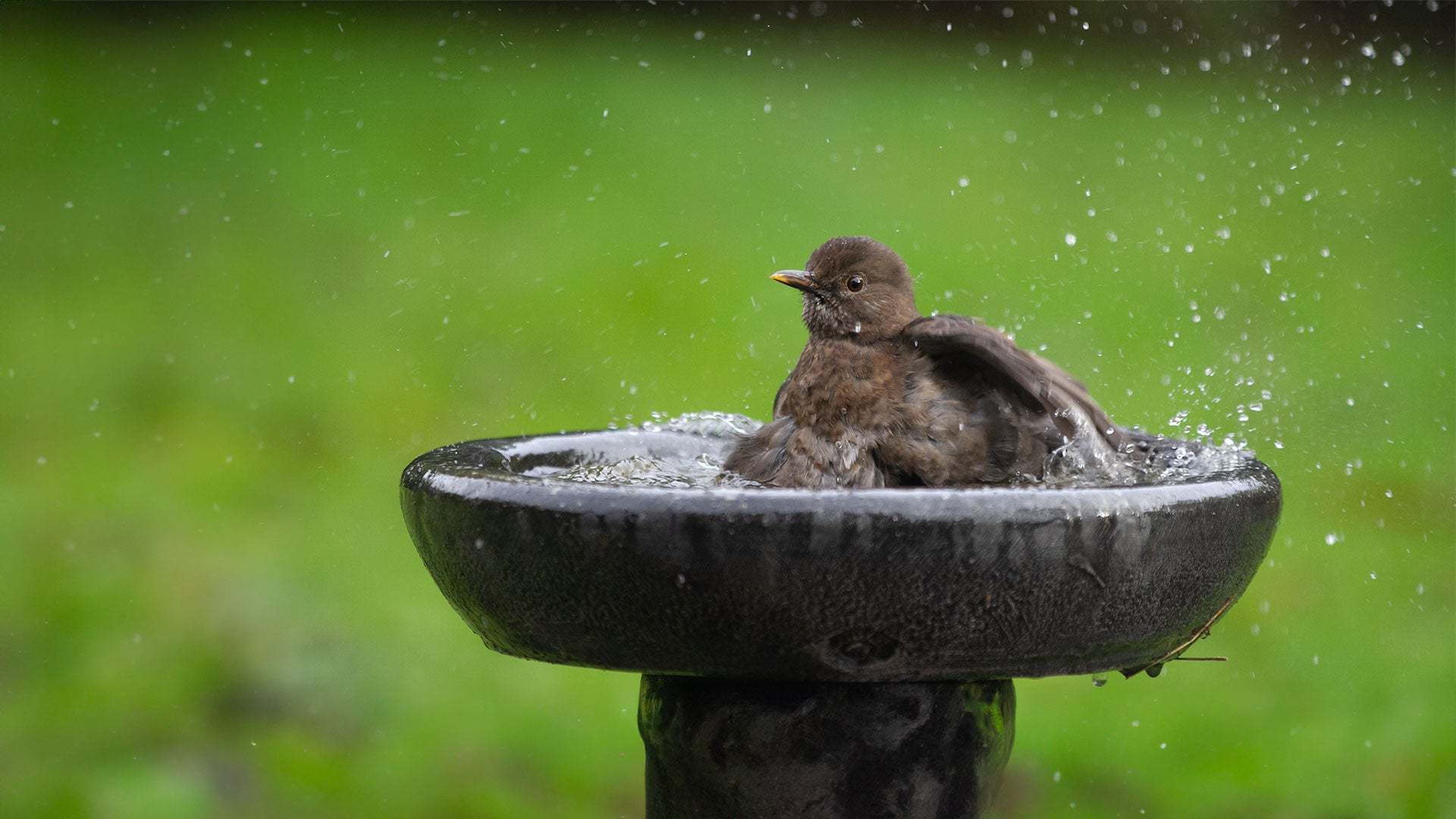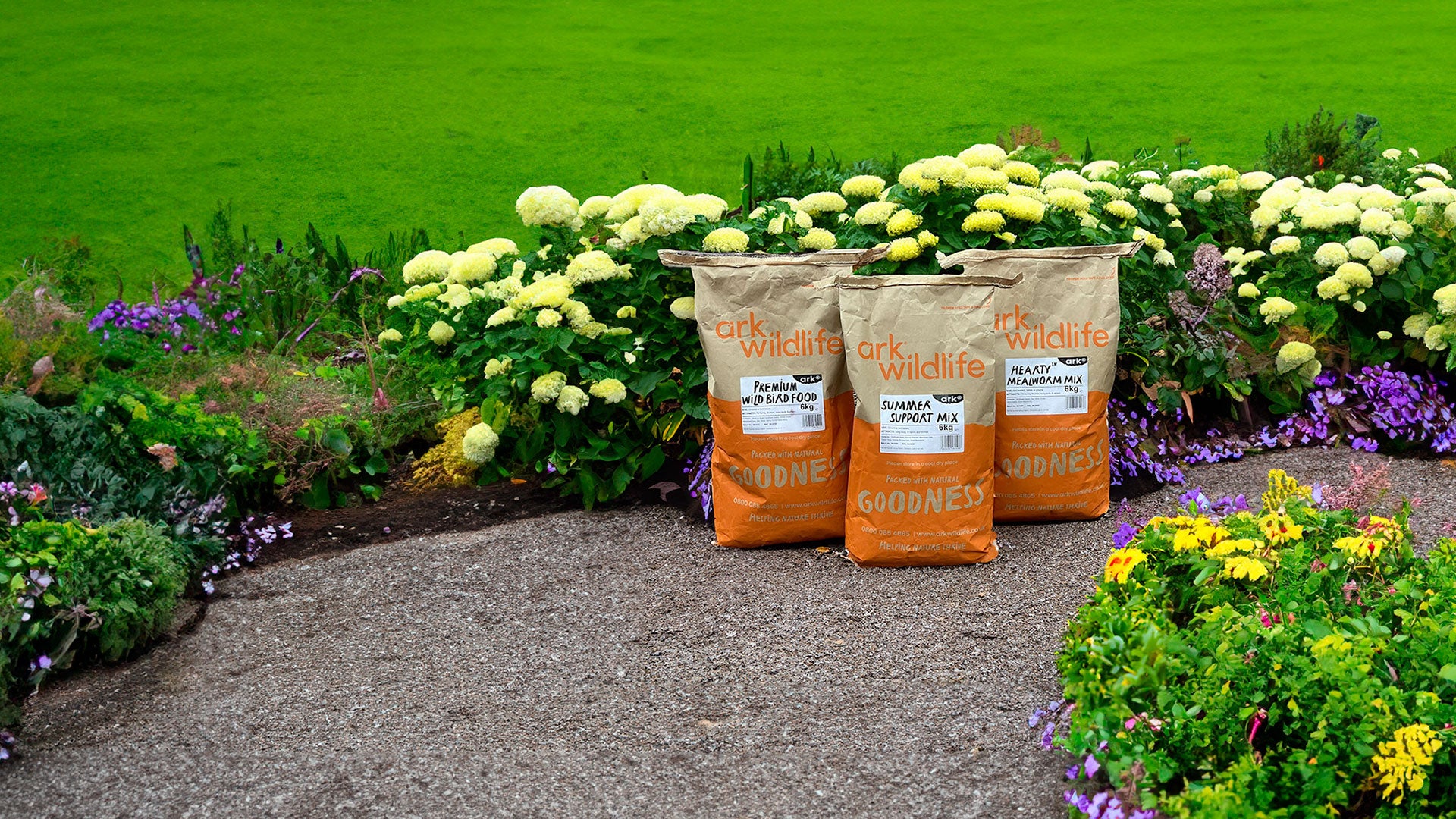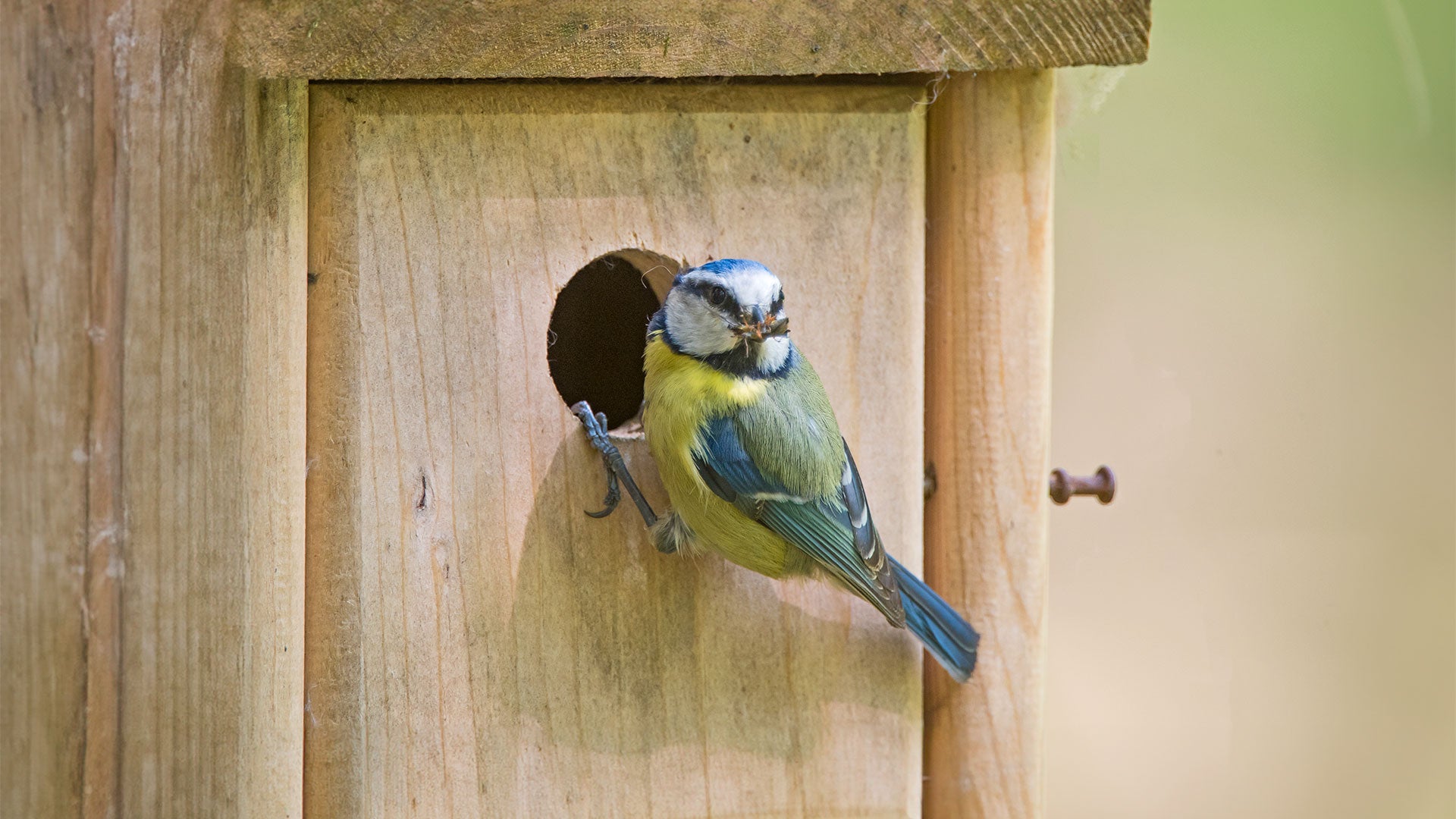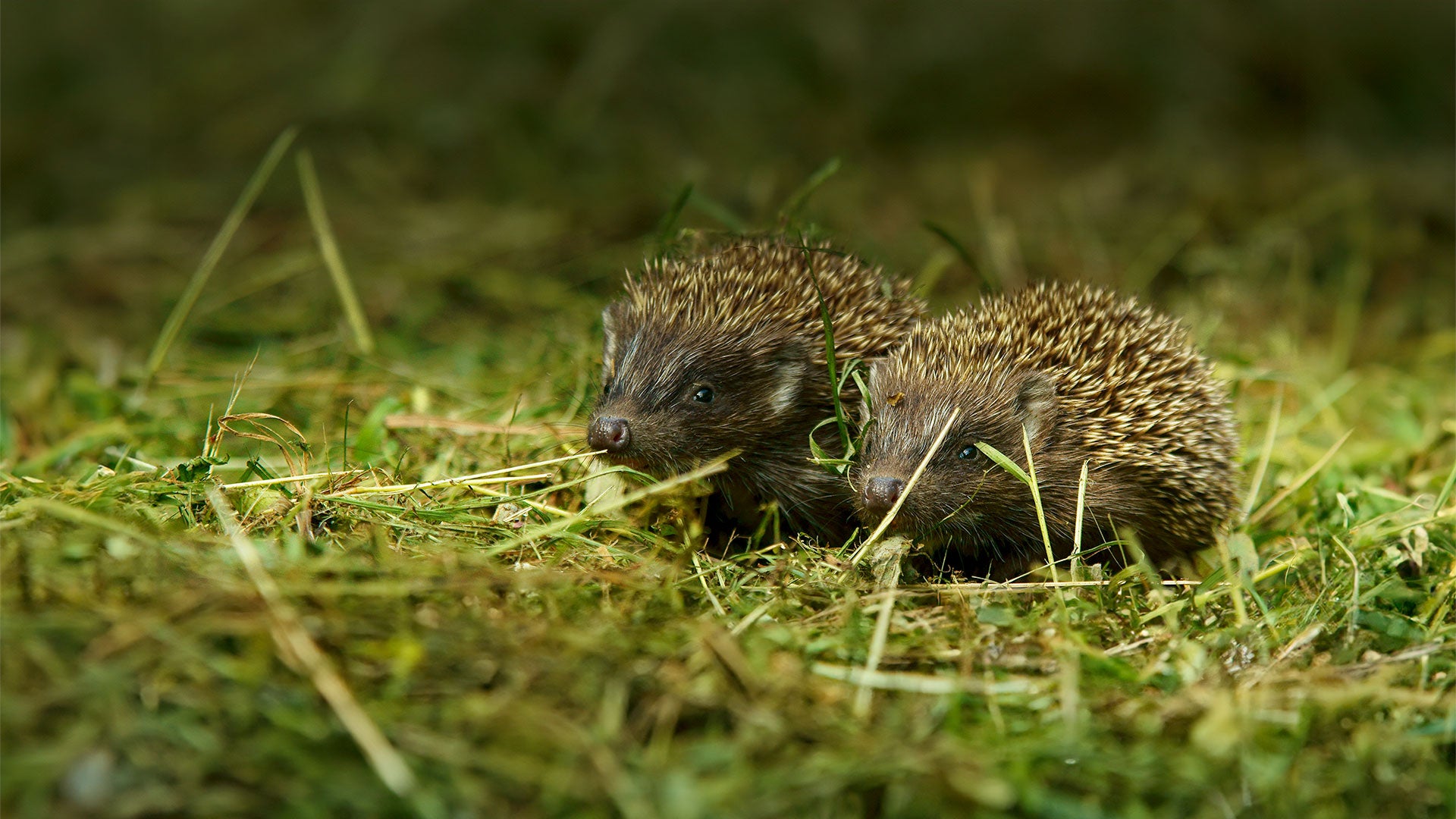Over the past century much of our naturally occurring native wildflower species have been in steep decline. Primarily driven by creeping urbanisation, intensive farming and mechanised cutting, the loss of native flowers and herbage has been dramatic, with a reported loss of over 90% of natural meadowland.
Large, brash and colourful species such as cowslip, ragged robin, yellow rattle, knapweed and field scabious, all common sights for generations of British children, are now rare. Many of today’s children may never see them at all. Let alone the petite and subtle beauty of native orchids, those secret treasures only really appreciated in later adult years and now almost wiped out.

Over the millennia, many insect species specialised to the point where they have target plants on which their caterpillars feed and pupate before hatching into butterflies and moths. With the demise of meadowland and their host species, the populations of butterflies have also fallen. The loss of nectar and pollen filled blooms has also reduced insect life in general with a knock-on effect on bird and small mammal populations. So not only do we lose the flowers but also the great biodiversity they support.
Recognising this problem, councils are beginning to balance the tables by reducing the cutting of roadside verges and when they do, timing it for minimum impact to wildlife. Similarly, farmers now create field margins, beetle banks and are replanting hedgerows. Planning rules for new properties now require developers to take account of the environmental impacts of their work.
Even so, as the population rises and urban living continues to grow, cities, towns and villages spread out ever further into the country. All this urban space means we can play a vital role helping bees and butterflies and all the associated wildlife. By planting native wildflower seeds and leaving them to spread naturally, we re-invigorate once barren land and provide homes, food and nourishment for a myriad of species. Whether a single pot, window box, border or a whole garden, if you plant a wildflower you are supporting nature and all the biodiversity it supports. Plant a seed, watch it grow and you will be fascinated by just how many different insects, birds and animals come to visit it. Oh, and if for no other reason- they look fantastic and smell even better.
External Internet sources/references
Create a wildflower meadow - RHS
The importance of wildflowers – a guide by the WWF
How to grow a wildflower meadow - Plantlife


